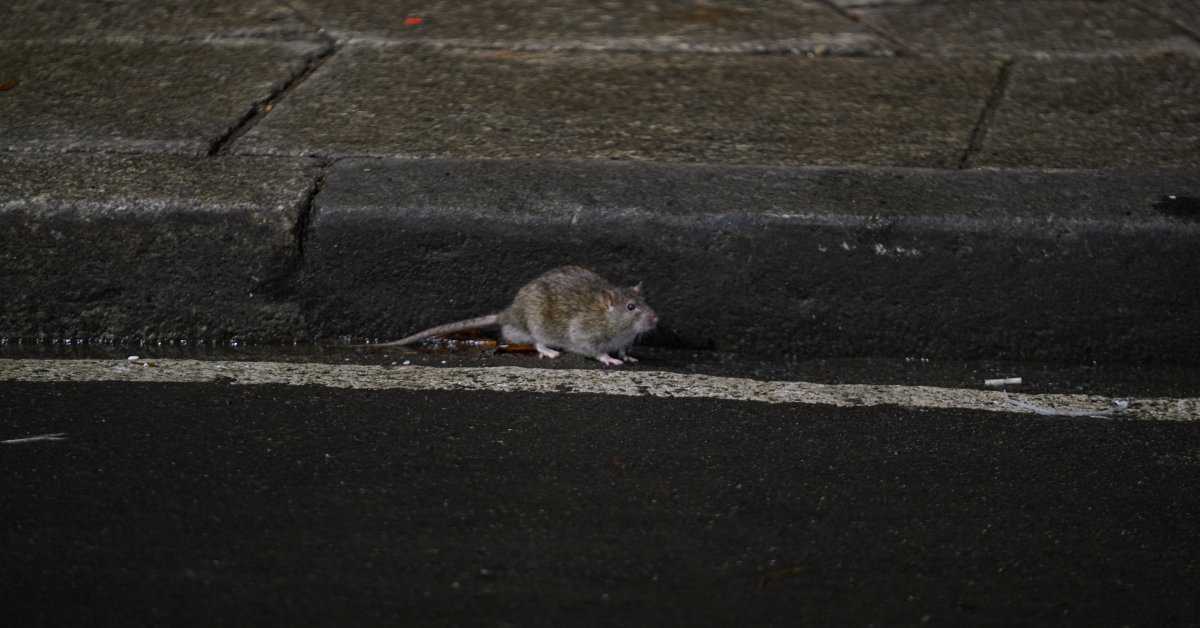
A new examine has discovered that not even New York Metropolis’s rats are resistant to COVID-19.
The examine, printed in mBio, the American Academy of Microbiology’s journal, discovered that wild rats within the metropolis’s sewer system and elsewhere within the metropolis have been uncovered to SARS-CoV-2 and demonstrated that rats are prone to an infection with Alpha, Delta, and Omicron variants of the virus.
“Our findings spotlight the necessity for additional monitoring of SARS-CoV-2 in city rat populations and for evaluating the potential threat of secondary zoonotic transmission from these rat populations again to people,” the authors wrote within the examine.
The researchers wished to grasp whether or not the virus in people had been transmitted to rats, in addition to which variants rats had been prone to. The group arrange two trappings close to places surrounding wastewater techniques and captured 79 rats from three websites in and round metropolis parks in Brooklyn within the fall of 2021, when Delta was dominant.
Learn Extra: Why Animals Are Much less Weak Than People to Omicron
13 of the rats (about 16%) examined optimistic for COVID-19, and the researchers used genomic analyses to find out a doable hyperlink to the viruses that had been circulating in people through the early levels of the pandemic. “To one of the best of our information, this is likely one of the first research to indicate SARS-CoV-2 variants could cause infections within the wild rat populations in a significant U.S. city space,” mentioned Henry Wan, director of the Heart for Influenza and Rising Infectious Ailments on the College of Missouri and the examine’s principal investigator, in a information launch.
By giving wild rats samples of various variants via the nostril, the researchers additionally discovered that Alpha, Delta, and Omicron had been in a position to infect the rats.
The U.S. Facilities for Illness Management and Prevention says that there’s little threat of animals spreading COVID-19 to people. However Wan mentioned the findings spotlight the necessity for continued monitoring of rats to observe for potential evolution of recent strains of the virus that may very well be a threat to people.
“Total, our work on this area reveals that animals can play a job in pandemics that impression people, and it’s essential that we proceed to extend our understanding so we will shield each human and animal well being,” he mentioned.
Extra Should-Reads From TIME



